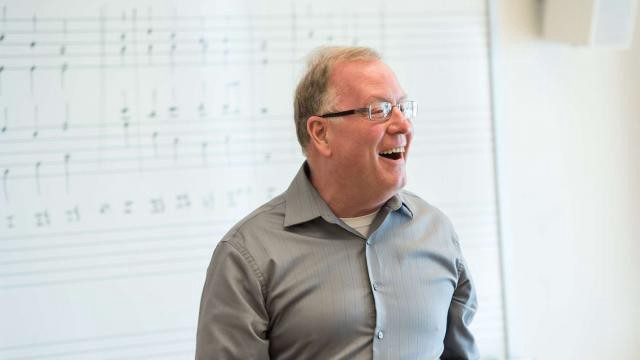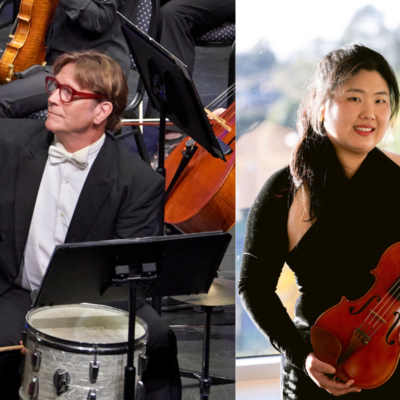
Ralph Vaughan Williams (1872–1958)
The Lark Ascending (1914/1921)
Nostalgic longing permeates The Lark Ascending. Not a cozy nostalgia that looks back to a rose-tinted past, but rather a spiritual fervor for an idyllic paradise, expressed as the song of a soaring skylark and, on the earth below, human life—a poignant metaphor for our collective yearning for transcendence. “For singing till his heaven fills, ‘Tis love of earth that he instils,” reads George Meredith’s poem “The Lark Ascending,” in which Vaughan Williams found his inspiration for a composition that inevitably ranks at or near first place in polls of audiences’ favorite pieces.
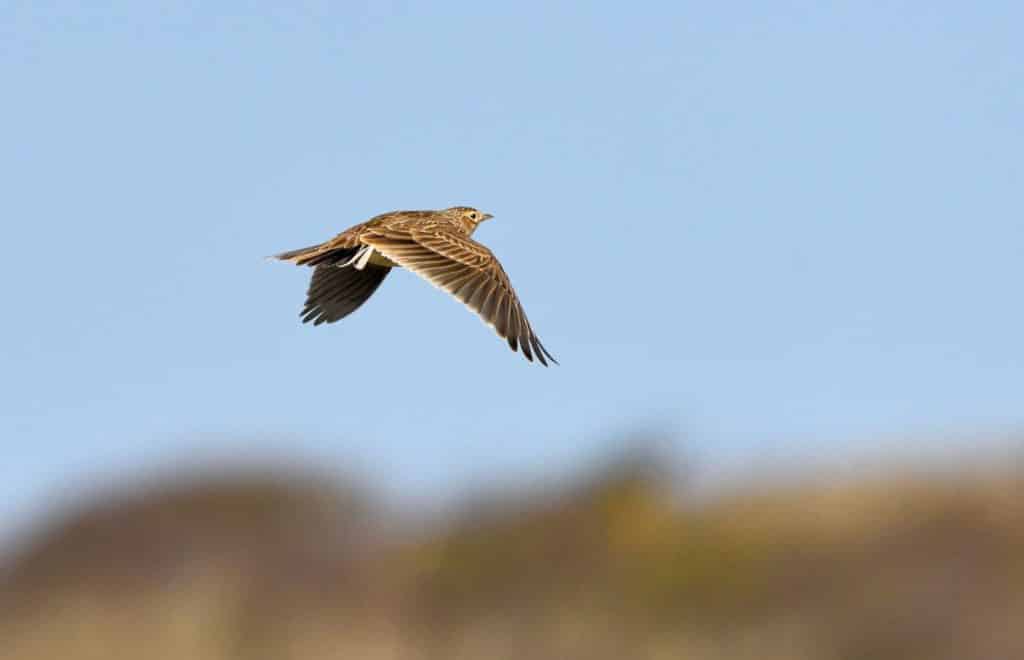
The solo violin plays the role of the lark, in rhapsodic solo passages that at some times evoke the song of the skylark while at others introduce thematic material. The orchestra represents the earth, humanity, both underpinning the violin’s lofty flights and introducing, in a midway episode, the sounds of daily life via a gentle rustic tune that suggests a country village.
The composition of The Lark Ascending flanks the period of the first World War, and so the work can be heard as both an allegorical salve for wartime horrors and an homage to a vanishing rural England. “By no other composer is the interdependence of man and Nature more movingly expressed,” writes Wilfrid Mellers in his eloquent Vaughan Williams and the Vision of Albion. “Vaughan Williams’s lark is at once an instinctual voice of Nature and a man-made artefact [that] offers a rare glimpse of eternity’s sunrise.”
Franz Joseph Haydn (1732–1809)
Symphony No. 83 in G Minor (The Hen) (1785)
It was among the most lavish commissions of the later 18th century. In 1784 the Parisian Olympic Lodge offered Joseph Haydn a whopping 1350 gulden—more than his entire yearly salary as Esterházy kapellmeister—for six new symphonies, to be performed by their superlative orchestra. Thus were born the ‘Paris’ symphonies, Haydn’s most impressive achievements in the symphonic genre until his twelve ‘London’ symphonies of the 1790s.
Three of the ‘Paris’ symphonies bear nicknames—The Bear (No. 82), The Hen (No. 83), and The Queen (No. 85 in honor of Marie Antoinette, who claimed it as her favorite symphony). The ‘hen’ moniker was bestowed upon No. 83 due to its barnyard-pecking secondary theme, but poultry aside, No. 83 is among the darker-hued of the ‘Paris’ symphonies, partly due to its minor modality, but also to its savoring of the Sturm und Drang movement. ‘Storm and stress’ characterize the work’s very opening, via a jagged upwards-striving melody with edgy dotted rhythms over surging strings.
Neither storm nor stress lasts for all that long—it never does in Haydn—and by the second movement, lyrical and gracious, we’re in sunnier climes. The third movement, a Menuet, bears witness to Haydn’s remark that he wished that somebody would invent a new minuet; Haydn actually invented new minuets all the time, as is obvious here in this distinctly quirky affair, always a bit unsettled and far removed from the studied refinement of your average minuet. The lively finale basks in a nearly perpetual-motion mode, as rambunctious figures cavort and gambol like a basket of puppies—but towards the end, Haydn can’t resist the temptation to throw in some unexpected pauses, almost as though we’ve lost our way momentarily. But of course it’s all a ruse: clarity is soon restored and the ‘Hen’ flutters to a happy conclusion.
Jean Sibelius (1865–1957)
The Swan of Tuonela, Op. 22 No. 2 (1895)
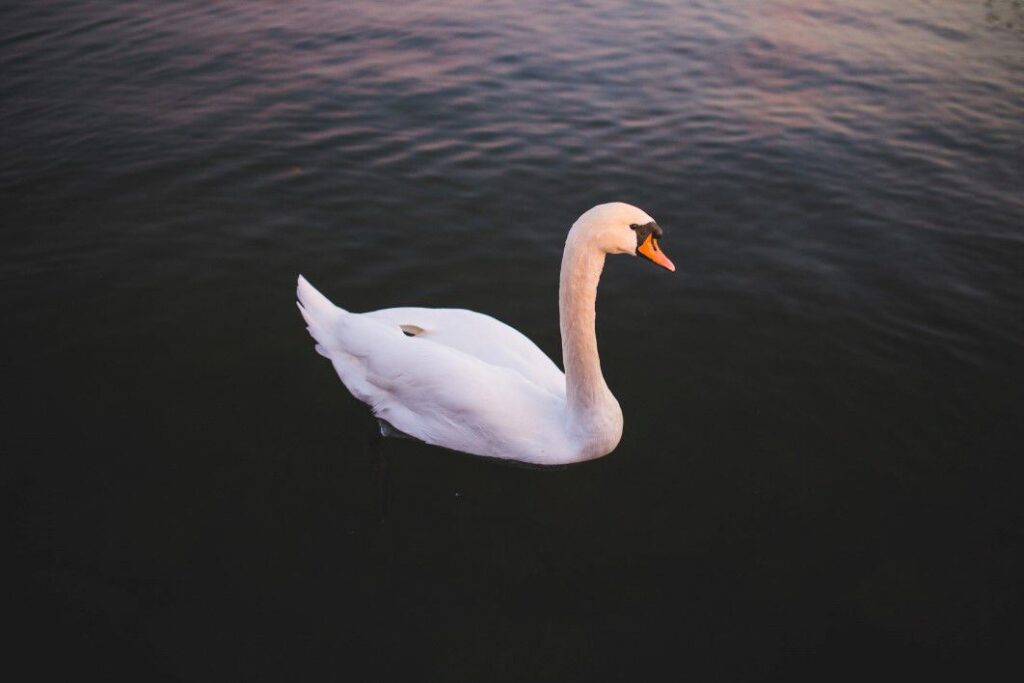
“Tuonela, the land of death, the Hell of Finnish mythology, is surrounded by a large river with black waters and a rapid current, on which the Swan of Tuonela floats majestically, singing.”
The quote is from the Kalevala, an epic that both underpins Finnish mythology and informs many of Sibelius’s evocative tone poems. Not only is The Swan of Tuonela the best known of the Four Legends from the Kalevala, but itranks amongst Sibelius’s most richly realized orchestral compositions, a dark-hued, mournful tapestry in which a solo English horn (representing the swan) enters into dialog with solo cello and viola over somber strings. Even if a brief ray of sunlight (harp) breaks through the murk, it’s not long before the forlorn darkness returns and the swan swims off into the fog.
Antonin Dvořák (1841–1904)
Symphony No. 8 in G Major, Op. 88 (1889)
By the 1870s musical pundits had declared that no worthy new symphonies were being produced, but as it turns out, the symphony was actually on the verge of an exultant second wind. Two phenomena in particular combined to help recharge the languishing genre. First was an exponential increase in orchestra concert attendance, which naturally led to more orchestras playing more concerts in more concert halls. Even more important was the blossoming of nationalist fervor throughout Europe, especially prevalent in music as composers began injecting the pan-European musical language with folk melodies and idioms taken from their native music. Antonín Dvořák is the perfect model of this invigorating generation, a distinctly nationalist composer who mastered the forms and techniques of the Viennese Classical tradition.
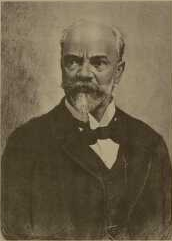
With the darkly dramatic Seventh Symphony in D Minor of 1885 Dvořák had established himself as a master symphonist, in public esteem on par with his mentor Johannes Brahms. Just as Beethoven had followed his great C Minor Fifth Symphony with the bucolic idyll of the “Pastorale,” Dvořák countered the turbulent reds and browns of the Seventh with sparkling greens and golds in Symphony No. 8 in G Major, Op. 88, easily the lightest and most spontaneous-seeming of his later symphonies, a work of sustained lyricism and high spirits.
That lightness of touch extends to a carefree attitude towards traditional symphonic forms. The opening Allegro con brio establishes the symphony’s unorthodox demeanor by being less concerned with formal design and more about its abundant melodies that interact with, and bounce off, each other. The second movement is peaceful for the most part, enlivened with chipper interludes. For the third movement, Dvořák conjures up a sweetly melancholy waltz that ends in a sudden flurry of dancelike enthusiasm. The finale stands among Dvořák’s finest creations; a complex theme and variations affair, it opens with trumpets calling all to the dance and, having established its distinctly self-possessed theme, presents its thematic transformations interleaved with contrasting episodes, the whole concluding in a blaze of muscular showmanship.
Program Annotator Scott Foglesong is the Chair of Musicianship and Music Theory at the San Francisco Conservatory of Music, and a Contributing Writer and Lecturer for the San Francisco Symphony. He also leads the California Symphony’s ground-breaking music education course for adults Fresh Look: The Symphony Exposed.
The California Symphony’s TAKE FLIGHT featuring Concertmaster Jennifer Cho takes place Saturday, Jan. 29 at 7:30 PM and Sunday, Jan. 30 at 4 PM at the Lesher Center for the Arts. Tickets are $44 to $74 and subscription packages of 3 concerts start at $33 per concert. Buy tickets online or call or visit the Lesher Center Ticket Office at 925.943.7469, Wed – Sun, 12:00 noon to 6:00 pm.

